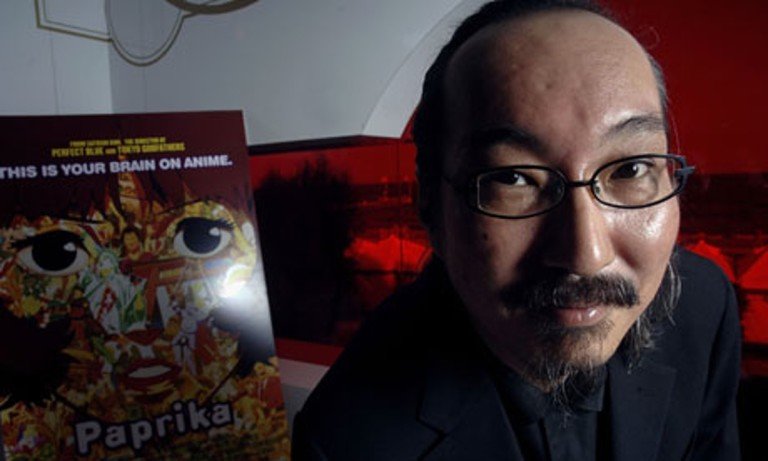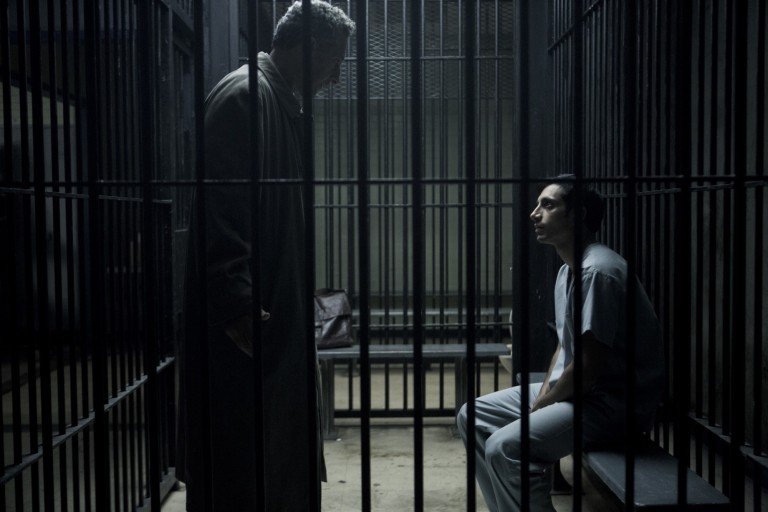To Live [1994] – A Humanist Masterpiece
The development of Chinese cinema is generally compartmentalized into six unique generations of film-makers, starting from the year 1905 (the…
 High On Films
High On Films![To Live [1994] – A Humanist Masterpiece](https://www.highonfilms.com/wp-content/uploads/2016/11/To-Live-cover-768x426.jpg)
The development of Chinese cinema is generally compartmentalized into six unique generations of film-makers, starting from the year 1905 (the…

If you want something that not as happy-go-lucky as Master of None but surely not as bleak as Louie, Atlanta sits somewhere right in between. It brilliantly reflects on the struggles, vexations and doleful lives of the black Americans, but not without giving a slight glimmer of hope for a better future in upcoming seasons.
![Mountains May Depart [2016] : A Capitalistic punishment.](https://www.highonfilms.com/wp-content/uploads/2016/10/Mountain-May-Depart1-768x432.jpg)
The title card in Jia Zhangke’s Mountains May Depart appears somewhere around the 45-minute mark. Not only does it instantly change the way you look at the film (with a very subtle change in the aspect ratio) but also changes your feelings towards the film. As Zhangke himself said, he wanted to make a film about feelings that are surrounded by the changing consumerism, economy and a human need for a better future. So, as we move to the next segment of Mountains May Depart, the transcending time slows down with sweetness, bitterness and bitter-sweetness intermingling together to showcase a rather convincing and thought provoking retrospect of how decisions and emotions rally over changing times and how, deep within, we are still the same people who wish to dance around shedding over sins and regrets, finding our way home.

Over the course of film’s history as a medium, few directors were able to craft a vast scope of influence and unbridled creativity despite a relatively small body of work. Satoshi Kon was such a director. Now, six years after his death, the legacy of Kon stands, despite having only made five films. Challenging the mediums of film and animation alike, Kon’s art still stands as some of the most influential and unconventional of the time. His clever and occasionally shocking uses of editing, visuals, and story often transcended expectations and genre and left what is sure to be one of the finest and most unique filmic legacies of all time.

Easy is a smartly-crafted, insightful, fun watch which can very well be treated as a four hour long anthology Indie feature film. It’s not anything groundbreaking or one of the best TV shows of the year but if you are a fan of relatable, Indie coming-of-age dramas and comedies then this is definitely your thing.

Krisha is indie film-making at it’s prime. A film that is implausibly one of the greatest films of the year. It’s wiser, smarter and more devastating than most of the horror films that have come our way. It has a lingering effect that’s not only hard to wash off but too messy to be cleaned thereafter.

The rush to judgment against Nasir Khan began at the 21st precinct at 4.45 a.m. the night of, and ended…
![The Blackout [1997]: The cost of fantasy revealed in this ‘90s masterpiece](https://www.highonfilms.com/wp-content/uploads/2016/08/the-blackout-4-768x433.jpg)
The ending of The 400 Blows shows Antoine facing the utter hopelessness of his upcoming situation, represented by the vast unattainable terrains of the ocean, followed by a zoom-in on Antoine‘s face as he looks into the camera and freeze frame (presumably right before he shrugs). The Blackout takes this premise further – our main man Matty starts off in the film standing before the ocean like Antoine, but this time at night and this time he’s a full grown man. Matty doesn’t look into the camera, but out towards the dark view of the ocean.
![United 93 [2006]: “Real World Situation !”](https://www.highonfilms.com/wp-content/uploads/2016/08/United-93-1-768x373.jpg)
United 93 1
Every time I watch a 9/11 movie, the first thing I do is dig about the film’s authenticity. How much of it was true to the original happenings and how much of it was fictionalised to create drama and if I am comfortable with the added drama. The thing with 9/11 is that it leaves a lot of room for dramatisation and unnecessary heroism and when handled by a not so mature filmmaker, it easily ends up becoming a propaganda film, an ‘american’ film. Fortunately, nothing like that happens in Paul Greengrass’ United 93.